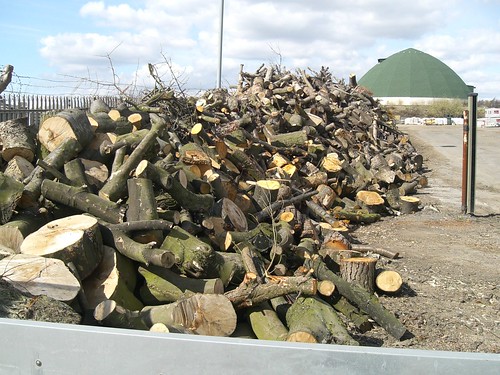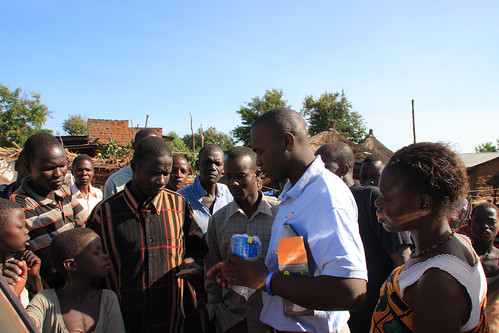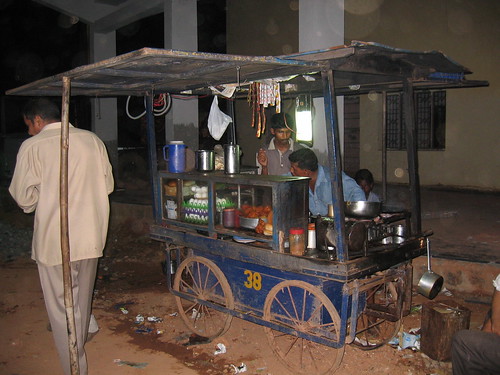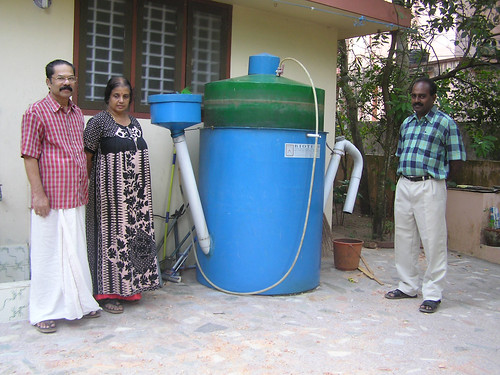
A new paper commissioned by the Sustainable Building Association (AECB) questions whether wood-burning stoves are the greenest way to heat your home. The authors of the paper argue that burning biomass creates as much carbon emissions per unit of heat as burning coal. Mike Pepler, our UK Projects Manager, responds.
- Burning wood has never been completely carbon neutral, as chainsaws and vehicles use fossil fuels.
- The comment from the authors that the wood should be used in buildings and fences instead of burning it is fine, but there’s plenty of wood around that isn’t fit for those uses – I know, I cut plenty of it down myself! This includes trees that haven’t grown straight and species that are not generally used in large quantities for construction (e.g. birch, sycamore, hornbeam, of which I have plenty...). It's also worth pointing out that because wood for construction is more valuable than wood for heating, most woodland owners won't be burning wood that could have gone to construction, as it just doesn't make financial sense.
- Another point is that to produce wood for construction, the trees must be left to grow to a much larger size. As they get bigger, they grow slower, so regular coppicing on 15-20 year cycle actually keeps the trees in the rapid-growth mode, so absorbing CO2 faster than mature trees.
- The other issue is that we ought to be building less, not more, in future - no matter what we build from. New buildings equate to new energy demand. Granted we will need some new ones, but I doubt if it would be enough to use up all the wood we’re currently burning, even if it was fit for that use.
- One other point to consider is that we only produce about 20% of the wood and wood-product (paper, card, etc.) that we use in this country, so we really need to reduce our use of all these products as a priority, and put what we have to the best use we can. For instance, for construction when the wood is good enough, for fencing, etc if it’s poorer, and for heating after that.

















